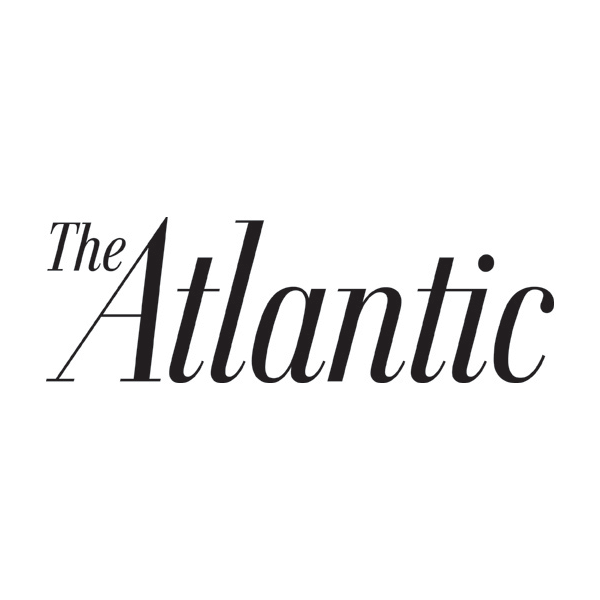The Trump administration has just released the model for the trajectory of the COVID-19 pandemic in America. We can expect a lot of back-and-forth about whether its mortality estimates are too high or low. And its wide range of possible outcomes is certainly confusing: What’s the right number? The answer is both difficult and simple. Here’s the difficult part: There is no right answer. But here’s the simple part: Right answers are not what epidemiological models are for.
Epidemiologists routinely turn to models to predict the progression of an infectious disease. Fighting public suspicion of these models is as old as modern epidemiology, which traces its origins back to John Snow’s famous cholera maps in 1854. Those maps proved, for the first time, that London’s terrible affliction was spreading through crystal-clear fresh water that came out of pumps, not the city’s foul-smelling air. Many people didn’t believe Snow, because they lived in a world without a clear understanding of germ theory and only the most rudimentary microscopes.
In our time, however, the problem is sometimes that people believe epidemiologists, and then get mad when their models aren’t crystal balls. Take the United Kingdom’s drastic COVID-19 policy U-turn. A few weeks ago, the U.K. had almost no social-isolation measures in place, and according to some reports, the government planned to let the virus run its course through the population, with the exception of the elderly, who were to be kept indoors. The idea was to let enough people get sick and recover from the mild version of the disease, to create “herd immunity.”
Things changed swiftly after an epidemiological model from Imperial College London projected that without drastic interventions, more than half a million Britons would die from COVID-19. The report also projected more than 2 million deaths in the United States, again barring interventions. The stark numbers prompted British Prime Minister Boris Johnson, who himself has tested positive for COVID-19, to change course, shutting down public life and ordering the population to stay at home.



